The modern world never ceases to amaze us with the imagination of artists, in particular sculptors and architects. You can come across various creations of their boundless imagination on the streets of large and small cities around the world. These are joke monuments, protest sculptures and numerous other bold artistic experiments. The American city of Philadelphia isn’t aloof from this interesting trend. In its very center, there is an original monument of a clothespin. Learn more at philadelphia-future.
How did the sculpture appear in the city center?
The simple and at the same time majestic dark-colored steel monument is located at Center Square and is 14 meters high. Clothespin is located above the subway station, which allows thousands of passers-by to admire it every day. Local residents often tell stories that once upon a time, a local man started to manufacture and sell clothespins. His business turned out so successful that it brought the businessman great income and made him rich. As a sign of gratitude for the thing that radically changed his life, the man allegedly ordered the construction of a clothespin sculpture. But all of this is just a legend…
In fact, the Clothespin monument was created by the outrageous American sculptor of Swedish origin Claes Oldenburg. The sculpture was commissioned in May 1974 by a city developer as part of a project by the Philadelphia Redevelopment Authority. The installation of the monument took place in June 1976.
Steel Clothespin with a velvet surface texture and a warm reddish-brown color is highly appreciated by art critics. The metal spring that holds the clothespin parts together symbolically resembles the numbers 7 and 6 (the number 76 refers to the United States Bicentennial year, which is the series of celebrations and ceremonies that took place in the mid-1970s to commemorate the historical events that contributed to the creation of the United States as an independent republic). Art historians are convinced that Clothespin also reminds us of the colonial heritage of Philadelphia and speaks about its present, emphasizing the public problems of the city (since the universally recognized form of the clothespin, used by people of different classes of society, hints at overcoming the gap between radically different income levels of citizens). But romantics compare two parts of Clothespin with a couple embracing.
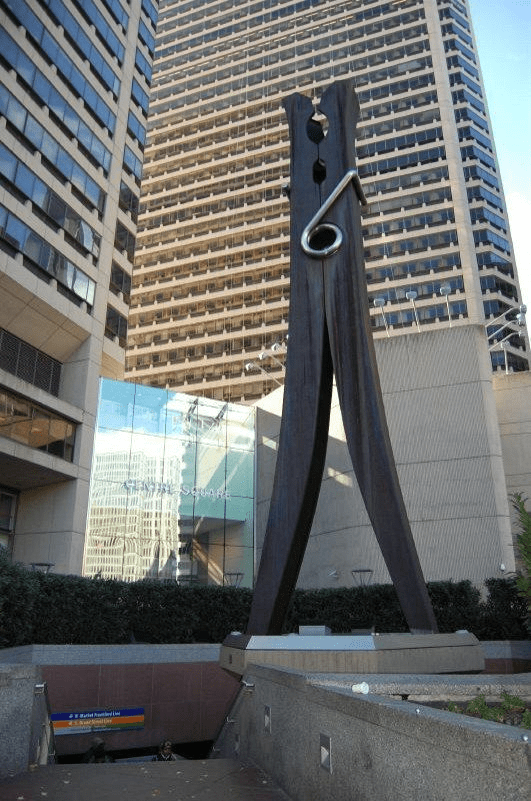
The Clothespin sculpture in the center of Philadelphia
Are all clothespins the same?
But are all clothespins the same? Historically, there have been several types of clips for attaching clothes to dry them on lines. The oldest clothespins were made from a single piece of wood. The popular cylindrical-shaped clothespin with a forked end was invented by the British and American religious figure Mother Ann Lee in the 1700s.
The modern clothespin made of two parts appeared in 1853. The American inventor D. M. Smith received a patent for it. The design could withstand much more load than the previous ones and damaged clothes less, which interested other inventors. By 1887, more than 140 patents for similar clothespins were registered in the USA alone. So, in 1887, S. E. Moore equipped a clothespin with a twisted spring, which served as an axis. Actually, this design hasn’t changed to this day. In the 20th century, you can find several types of clothespins, such as wooden or plastic with a spring, wooden without a spring, iron-bound and solid wood without a spring.
Clothespins used to be very popular. In 1974, their production was considered a very important industry in the USA and amounted to $5.4 million per year. The government facilitated their sale at artificially low prices. In the USA, wooden clothespins were made of hardwood, primarily beech and maple, while springs were made of galvanized metal wire. Plastic clothespins were made by injection molding. When clothes dryers came along, the demand for clothespins decreased. The US manufacturers of clothespins closed by the beginning of the 21st century despite governmental support programs. However, the tradition of drying laundry with the help of clothespins returned due to the popularization of nature protection and energy saving. Thus, the production of clothespins increased again.
Who created this interesting object?
The author of Philadelphia’s Clothespin sculpture, Claes Oldenburg, went down in history as a very creative artist who constantly surprised others with his works. He was born in Stockholm in 1929, lived for 93 years and became one of the most famous artists of the 20th century. Oldenburg resisted the pathos of high art, creating understandable, intentionally naive and ironic sculptures. For most of his life, the artist worked in tandem with his wife Coosje van Bruggen.
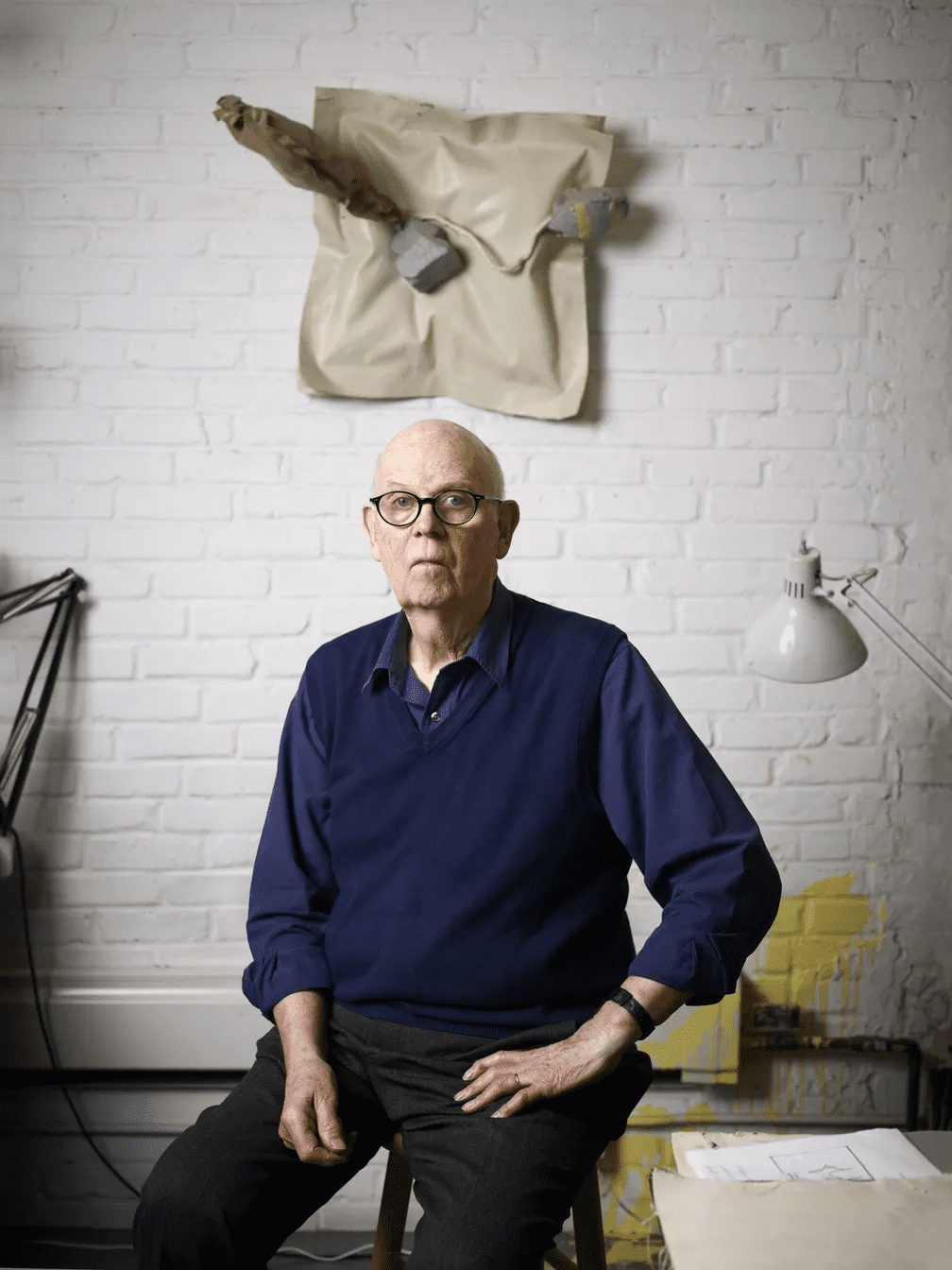
It is difficult to find such a fruitful pair among contemporary artists. They met in 1970 and since then created almost all large-scale projects together. Their sculptures of everyday things (clothespins, pins, matches, binoculars, shovels, scoops, brooms, apple cores and others) can be found in the USA, Europe, Japan, South Korea and Norway. Many of them were created with local culture in mind. The pair created a series of objects in motion, such as skittles in flight, a broken vase of fruit and scattered stationery buttons. Artists didn’t like to place their objects on pedestals, so their sculptures often interacted with landscapes. Thus, the observer can think out what is hidden underground…
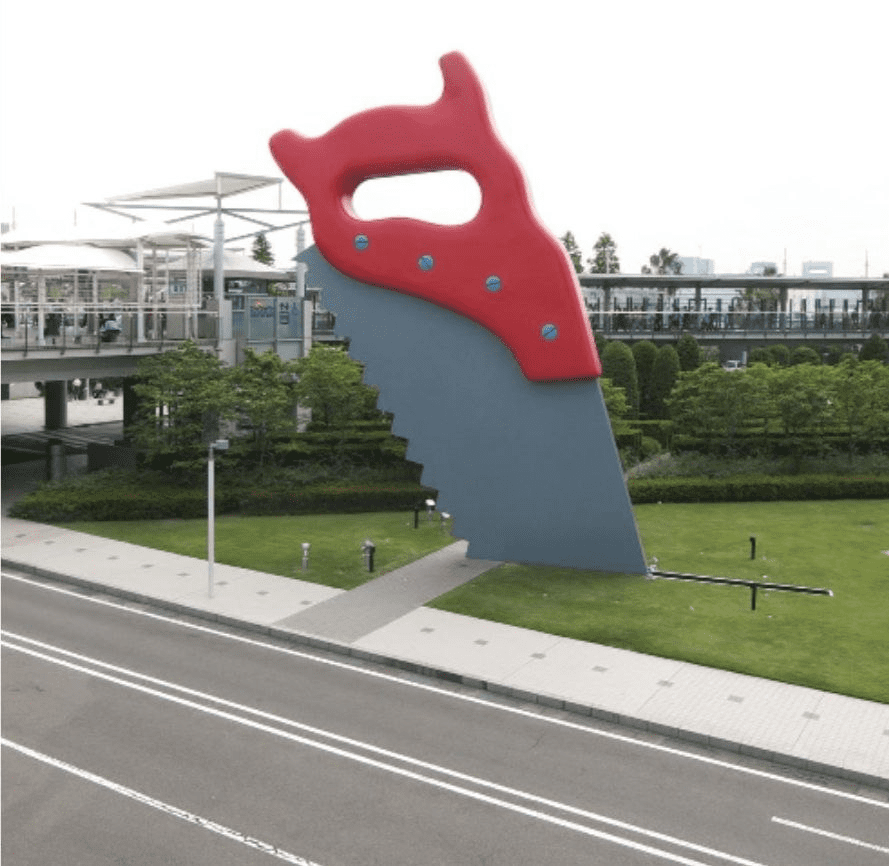
The artists preferred not to use common materials (stone, metal and wood), they made ordinary things (like a fan, a mixer, a toilet and various foods) of vinyl, cotton fabrics and artificial fur, which were deformed by their own weight and placed in unexpected forms. The creative couple wasn’t interested in the high, but the everyday; not mysterious, but banal; not serious, but ironic. They showed through art the everyday life of ordinary people, rather than the outstanding achievements that were important to the authorities for certain reasons. These were their attempts to democratize art.
Is the sculpture unique?
Although some tourists say that Clothespin is unique and has no analogs in the world, this is not entirely true. First, there are at least two small models of this sculpture in the US. One of them, a 4-foot version made in 1974, is kept in the Oldenburg Gallery of the Denver Art Museum. And the 10-foot one, created in 1975, is located in the Department of Contemporary Art at the Art Institute of Chicago.
At one of the Vermont cemeteries, there is also a clothespin sculpture on the grave of the last owner of the last clothespin factory in the United States, J. Crowell (it ceased operations in 2009). The deceased dreamed that children could come and play with a working clothespin sculpture. However, it turned out to be impossible.
There are also monuments of clothespins in other countries of the world. For example, the sculpture of a giant clothespin, which was designed by the Turkish artist and professor of Middle East Technical University Mehmet Ali Uysal for one of the festivals on the outskirts of Liège in Belgium. The clothespin squeezes a grass-overgrown hill. This is an example of the master’s art based on an impeccable illusion.
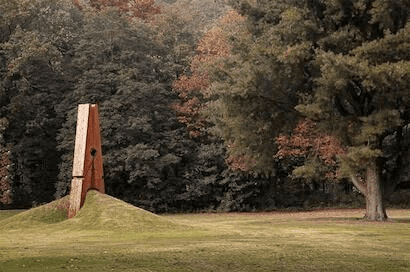
The sculpture in Belgium
In 2015, an installation in the form of a clothespin appeared in Kyiv, the capital of Ukraine. This large red art object squeezed the lawn at the intersection of avenues in the Sviatoshyn district.
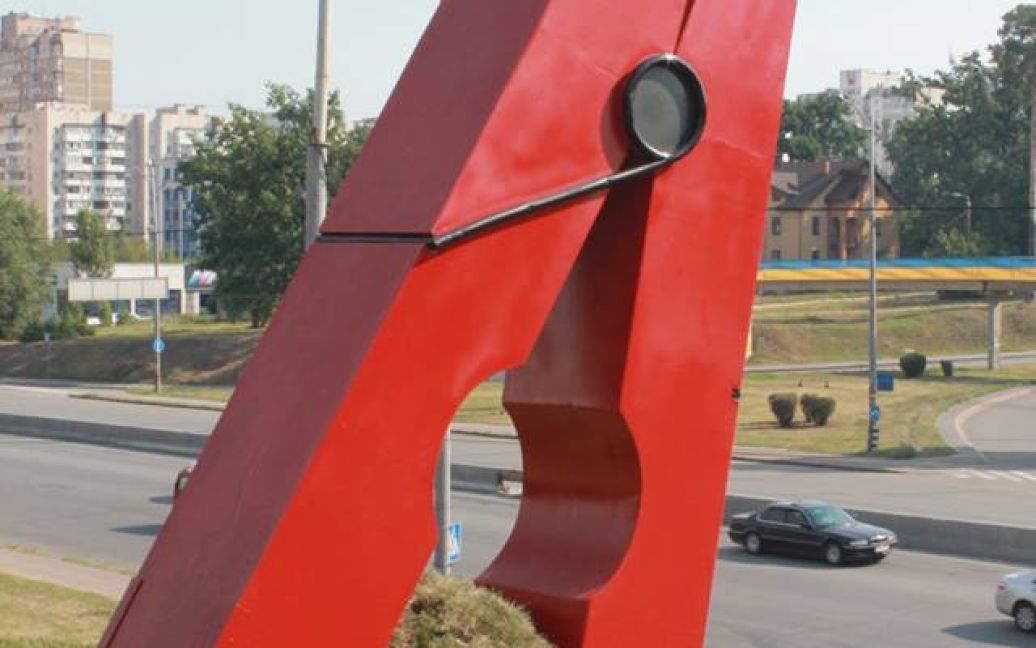
The sculpture in Ukraine
So, Philadelphia’s Clothespin is not unique, but it doesn’t diminish its cultural significance and meaning.